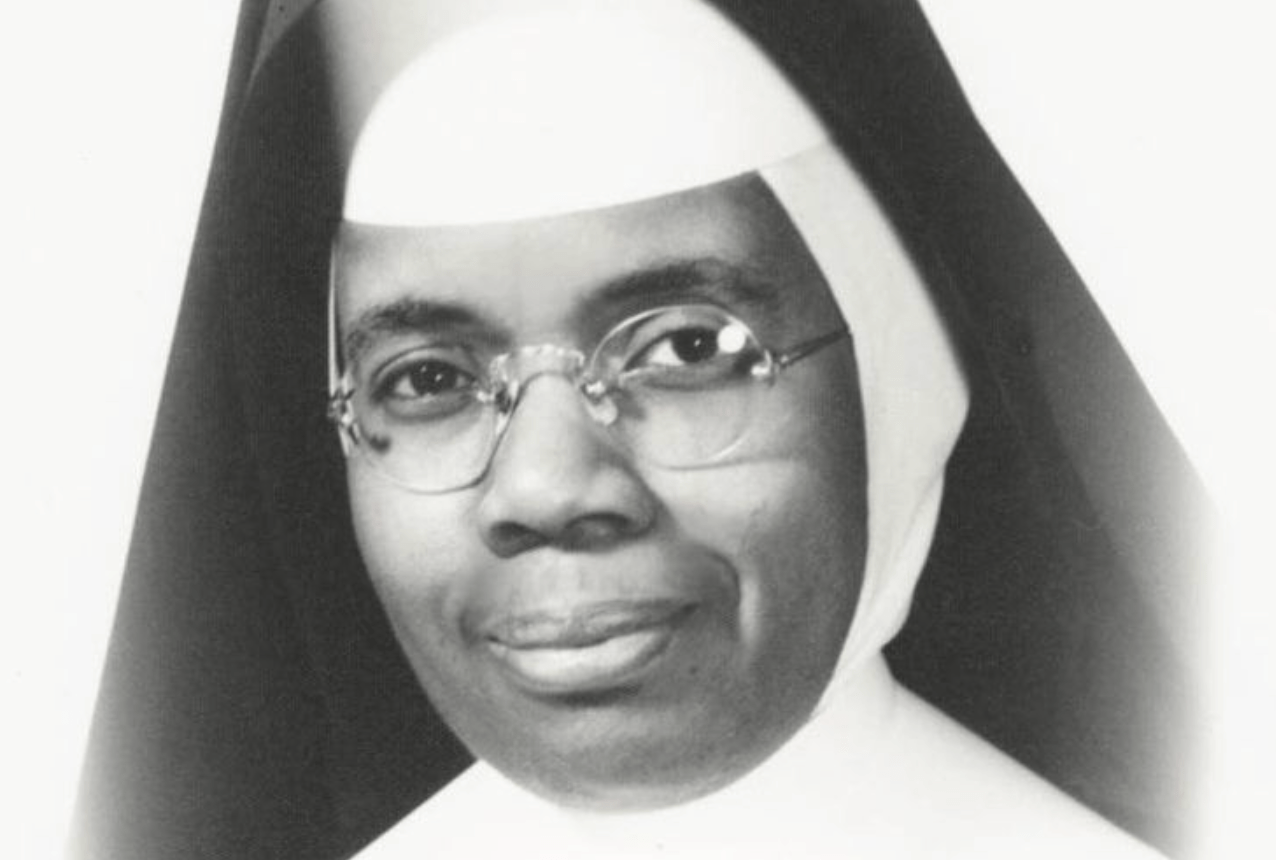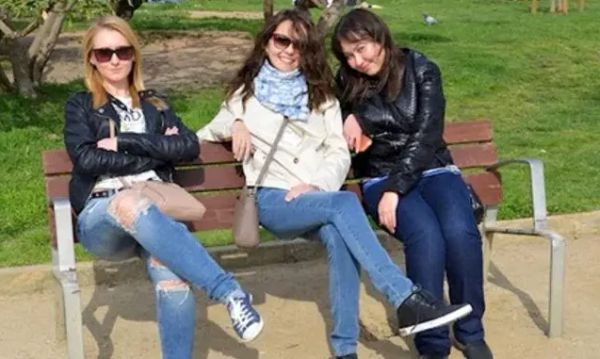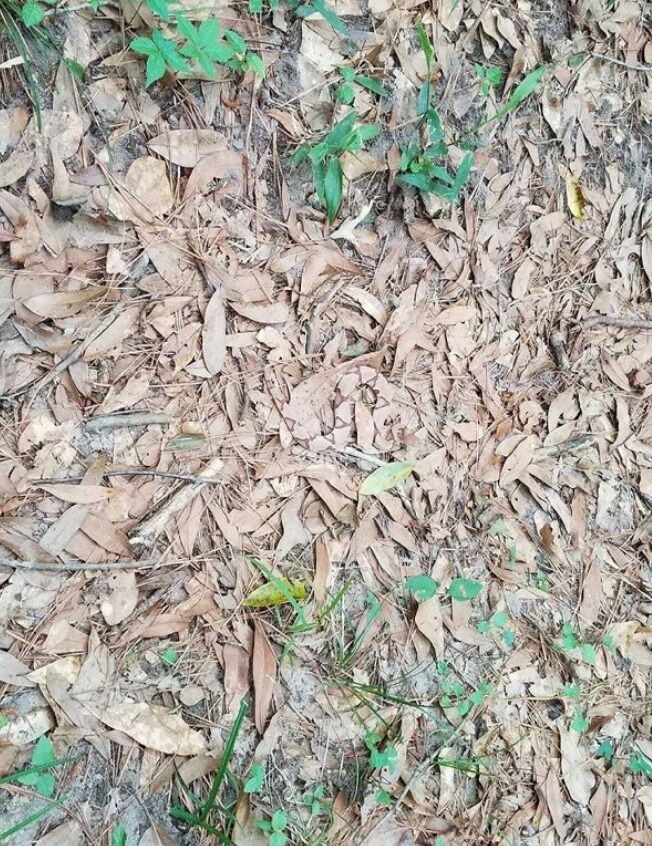The Diocese of Kansas City-St. Joseph stated that “the state of Sister Wilhelmina Lancaster’s remains has understandably generated widespread interest.”
Many tourists have ventured to a small Missouri hamlet to visit the bones of a nun who passed away four years ago but whose body appears to still be in good condition.
According to Catholic Key Magazine and the Catholic News Agency (CNA), Sister Wilhelmina Lancaster of the Most Holy Rosary, OSB passed away on May 29, 2019, at the age of 95.
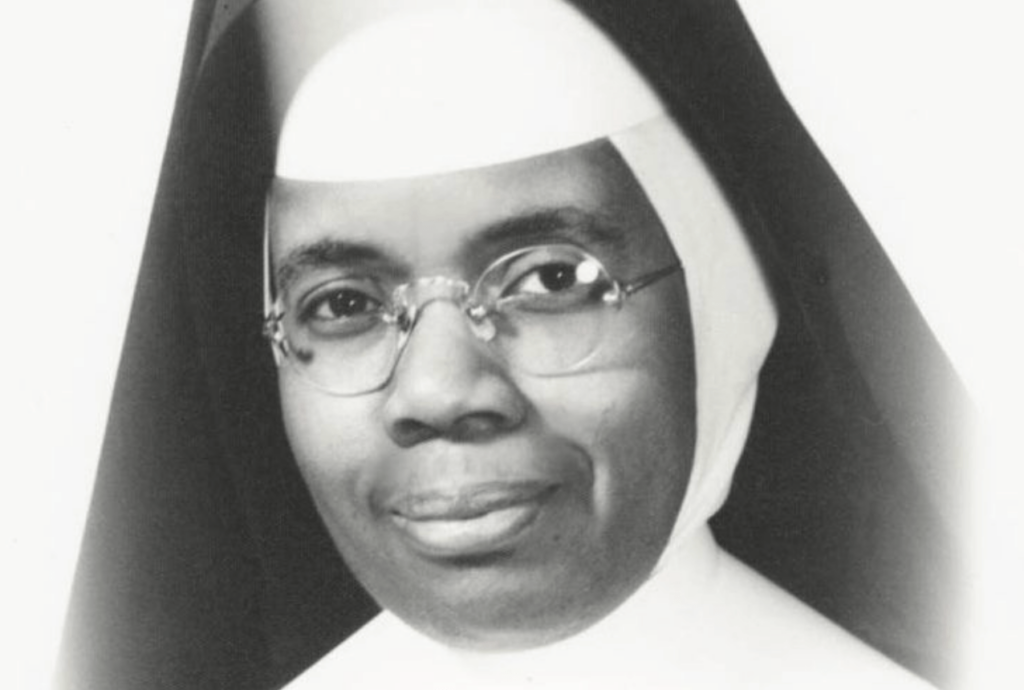
The body of Lancaster was recently moved into the chapel of the Benedictines of Mary, Queen of Apostles Monastery in Gower, Missouri, where the nuns found that the body had barely decomposed.
According to CNA, Sister Wilhelmina’s body was not embalmed following her passing. Furthermore, it was claimed that the wooden coffin she was buried in had a break in it that allowed rain and dirt to enter, and mold had already begun to form.
One nun told Newsweek, “We were told by cemetery staff to expect just bones.”
The Diocese of Kansas City-St. Joseph stated in a press release on May 22 that Sister Wilhelmina’s remains have “understandably generated widespread interest.”
The church continued, “Incorruptibility has been verified in the past, but it is very rare,” referring to holy bodies that withstand the natural decomposition process.
According to the nuns, the remains was “in a remarkable preserved condition” and “the ribbon, her crucifix, and her rosary” that were buried with her “were all intact,” according to the CNA report.
The sisters said, “The synthetic veil was totally intact, but the liner of the coffin, which was made of a similar substance, was utterly decayed and gone.
However, not everyone continues to believe that this is particularly unique.
According to Nicholas Passalacqua, an associate professor and the director of forensic anthropology, “in general, we expect it will take about five years for the body to become skeletonized when we bury a body at our human decomposition facility.”
“Normally, we don’t exhume people after they’ve been buried. Rebecca George, an anthropology professor at Western Carolina University, revealed to the Associated Press that we are unable to examine them after a few years. “There might be nothing left in 100 years. However, given your short time out, this is expected.
Since the nun’s body was discovered, a lot of people have traveled to the Midwest to see it. According to Overland Park, Kansas resident Lori Rosebrough, who spoke to USA Today, she was overjoyed to have the “incredibly rare opportunity” to witness “the hand of God at work.”
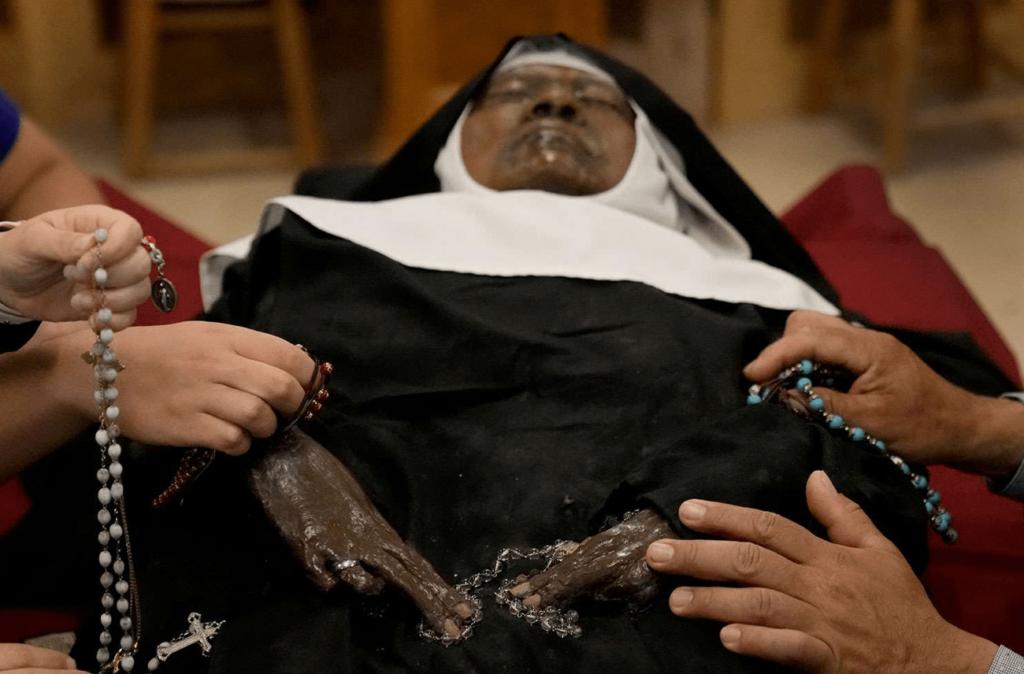
According to local officials, they anticipate seeing even more tourists over Memorial Day weekend.
“We’re told to expect somewhere in the neighborhood of about 10,000, maybe 15,000 people per day — Saturday, Sunday, Monday,” said Clinton County Sheriff Larry Fish to CBS affiliate KCTV.
In a statement on May 26, Bishop James V. Johnston, Jr. advised visitors not to “touch or venerate her body” or “treat them as relics.”
The church stated on May 22 that it was crucial to preserve the integrity of Sister Wilhelmina’s mortal remains in order to facilitate a comprehensive investigation.
According to CNA, Sister Wilhelmina’s body will be on display in the chapel till Monday. Her body will subsequently be placed in a glass casket next to the altar following a rosary procession.
Despite the public’s interest in the case, neither Johnston nor the church have started the process to have Sister Wilhelmina considered for sainthood.
However, many people’s religion has still been significantly impacted by the discovery. Sister Wilhelmina’s body being preserved, in the words of Abbess Cecilia, is “a beautiful sign that this life is not all there is.”
“Have hope,” she advised CNA. “God still exists. Our prayers are still heard by him. He is still attentive. He still cares for us.
